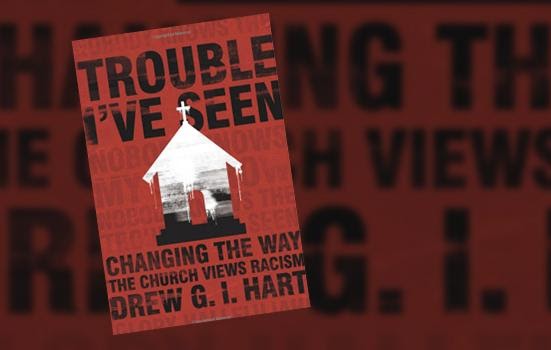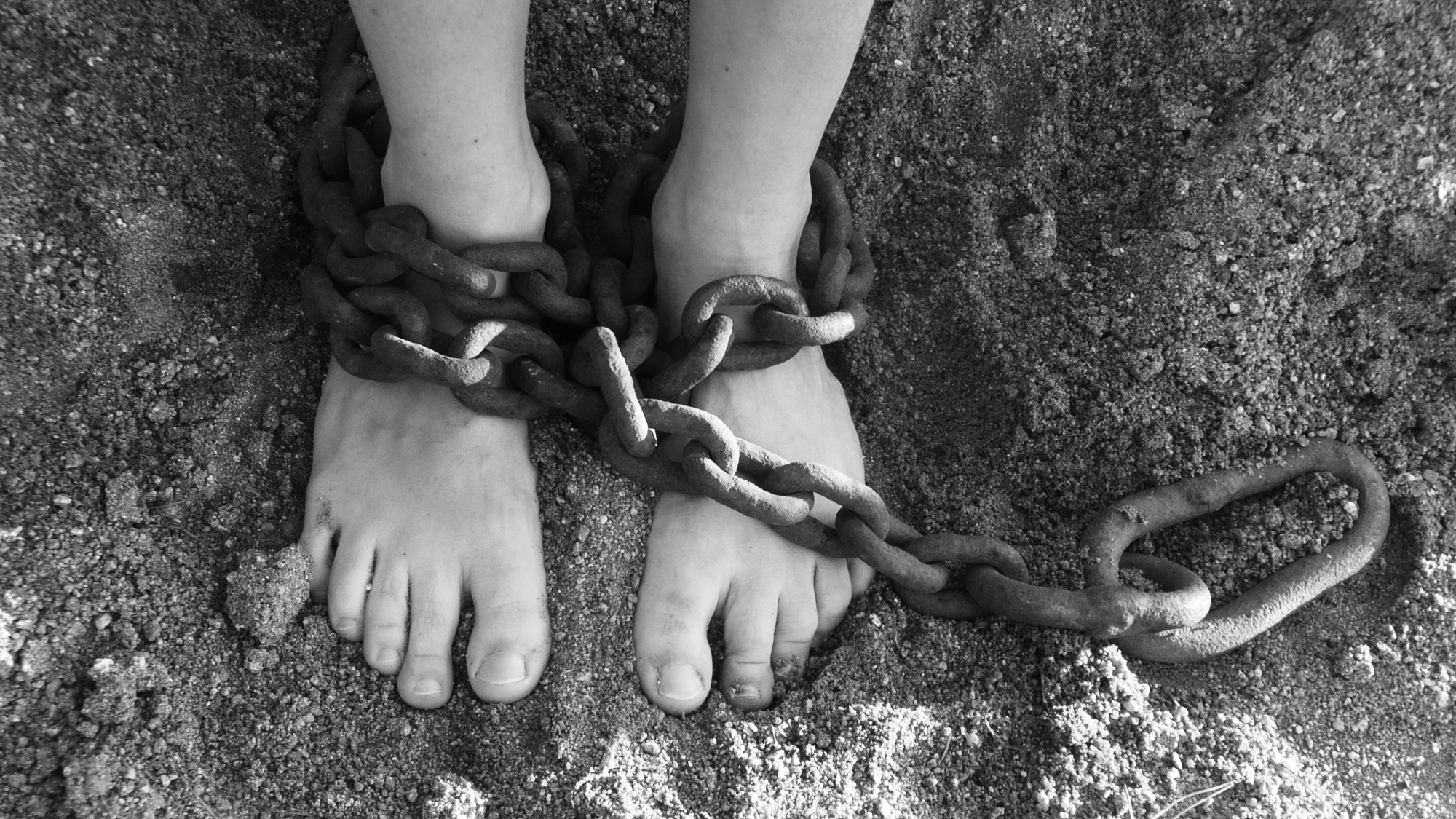Trouble I've Seen, Part 5: Confirmation Bias
This post is part five of a series of topical thoughts inspired by the book Trouble I’ve Seen: Changing the Way the Church Views Racism by Drew G. I. Hart.
Trouble I've Seen, Part 1: Horizontal and Vertical Racism
Trouble I've Seen, Part 2: The Race Card
Trouble I've Seen, Part 3: Critical Race Theory (CRT)
Trouble I've Seen, Part 4: Projections of Jesus
I started reading through Drew Hart’s Trouble I’ve Seen: Changing the Way the Church Views Racism a couple months ago and was posting my takeaways here for consumption. I confess the last few weeks I’ve been reluctant to post anything even though I’ve continued working through the book. To be honest, I scroll through my social media and I see a lot of divisiveness. I had to step back and ask myself if I was contributing to it. I’m not saying this to drum up any sympathy, rather to frame what I’ve observed.
What I realized is that we all struggle with confirmation bias. This isn’t a new observation; Facebook encourages this – we are shown more of what matches our ‘likes’. But this isn’t unique to social media. We are more likely to socially congregate with like-minded people. We get our news from perspectives that align with our own. And we are more likely to share a meme that promotes our personal worldview without consideration of any others. This makes sense – why share something you don’t agree with? Why consume media from a viewpoint opposing your own? After all, I don’t get news on the Chicago Cubs from St. Louis media sources. But over the long-term, we create for ourselves echo chambers where we are only exposed to one side, and we lose the art of discernment. And the consequences of our confirmation bias spill over into real relationships, even into our churches where we worship side by side with others whom we may disagree with.
A book just came out called ‘White Too Long’ that looks at two decades of polling from the Public Religion Research Institute to highlight racial divisions within the Church. His findings aren’t unique. Barna released a study in June that “Black practicing Christians are twice as likely as their White peers to see a race problem.” You can find similar stats from Pew and Gallup. Statistics show that our confirmation biases are literally dividing the Church, in some cases destructively so.
Hart writes, “Christians continue to be deeply divided, particularly in their perceptions of racism in America, and seemingly unable to understand counter positions… we do not even agree about what is going on, let alone what should be done about it.” This sounds like a majority of conversations I’ve had online and in person. Can you relate?
Later in the chapter titled, “Don’t Go With Your Gut”, Hart describes confirmation bias this way: “We either renew our minds and become transformed [referencing Romans 12:2] or we conform to the dominant ideologies that convince us that we are moral despite what is going on around us.” Jesus had something to say about this too, something about logs and specks.
As racial divisions were forced to the forefront of news, conversation, and action, an oft-repeated plea was made by minority brothers and sisters: “listen!” Just listen. The reality is, I cannot relate fully to what any other person is experiencing, no less someone of a different racial, ethnic, or cultural background. The saying, “walk a mile in their shoes” is oversimplified because no matter whose shoes I wear, I will always be a white, middle-aged, middle-class, American male. How I respond to anything is a function of my personal, unique experience. My experience is not yours and vice versa. But what I can do is listen, step outside of my echo chamber, and consider other points of view. Again turning to scripture, “Don’t look out only for your own interests, but take an interest in others, too.” (Philippians 2:4, NLT)
This is kind of a big deal for the apostle Paul. There are over 50 “one another” commands in Paul’s letters. “Do not think of yourself more highly than you ought.” “Honor one another above yourselves.” “Live in harmony with one another.” “If it is possible, as far as it depends on you, live at peace with everyone.” All those come from a single chapter in Romans. Such an attitude should be the default position in the Church, but our biases get in the way. This should be true across racial divisions, socio-economic divisions, and political divisions. We should have this attitude towards the marginalized in society as well as those exalted. We should treat those we disagree with the same as those with whom we agree. We should seek a “counterintuitive solidarity” with those outside our echo chamber.
Additional Resources
Barna: Black Practicing Christians Are Twice as Likely as Their White Peers to See a Race ProblemRacism among white Christians is higher than among the nonreligious



Comments
Post a Comment